May 26, 2025 | 11:26 GMT +7
May 26, 2025 | 11:26 GMT +7
Hotline: 0913.378.918
May 26, 2025 | 11:26 GMT +7
Hotline: 0913.378.918
The craft of weaving bamboo, rattan, and reed is one of Vietnam’s traditional handicrafts. It has existed for hundreds of years and has been passed down through many generations.
In some rural areas, many students have gathered after school with their grandparents and parents to learn weaving techniques and knots since childhood.
Ms. Truong Thi Bach Thuy (42 years old), from Phu Tan commune, Chau Thanh district, Soc Trang province, was born into a family with a tradition of bamboo and rattan weaving in Phuoc Long district, Bac Lieu province.
Her childhood was filled with hurried trips home after school to finish weaving a few bamboo baskets or trays to sell at the market, earning money to pay for school fees. The more she worked, the more she fell in love with the simple, rustic scent of bamboo and the once lifeless bamboo pieces that, through her hands, transformed into useful items.
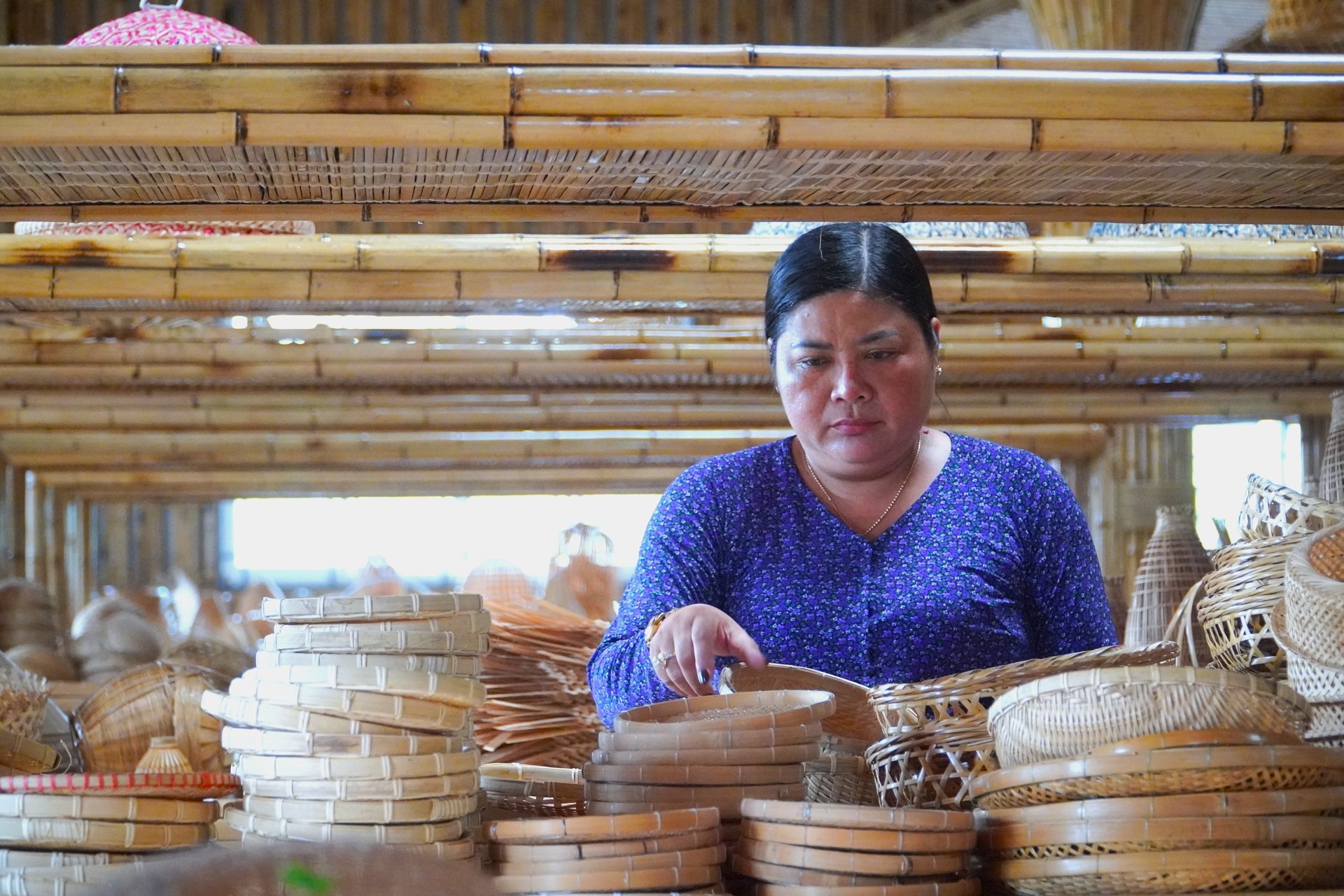
Ms. Truong Thi Bach Thuy – Director of Thuy Tuyet Bamboo and Rattan Handicraft Cooperative, has quietly created livelihoods for hundreds of rural residents. Photo: Kim Anh.
Starting her craft at the age of 13, by 17 she confidently opened a small workshop producing handmade bamboo and rattan products.
Years later, fate brought her to Phu Tan commune (Chau Thanh district) to reconnect with her ancestral roots. This locality is home to about 80% Khmer ethnic people. Most locals struggled with a difficult life, lacking stable jobs and having uncertain incomes.
Witnessing their hard lives and lack of steady employment, she decided to revive the traditional craft and build her career in this unfamiliar new land.
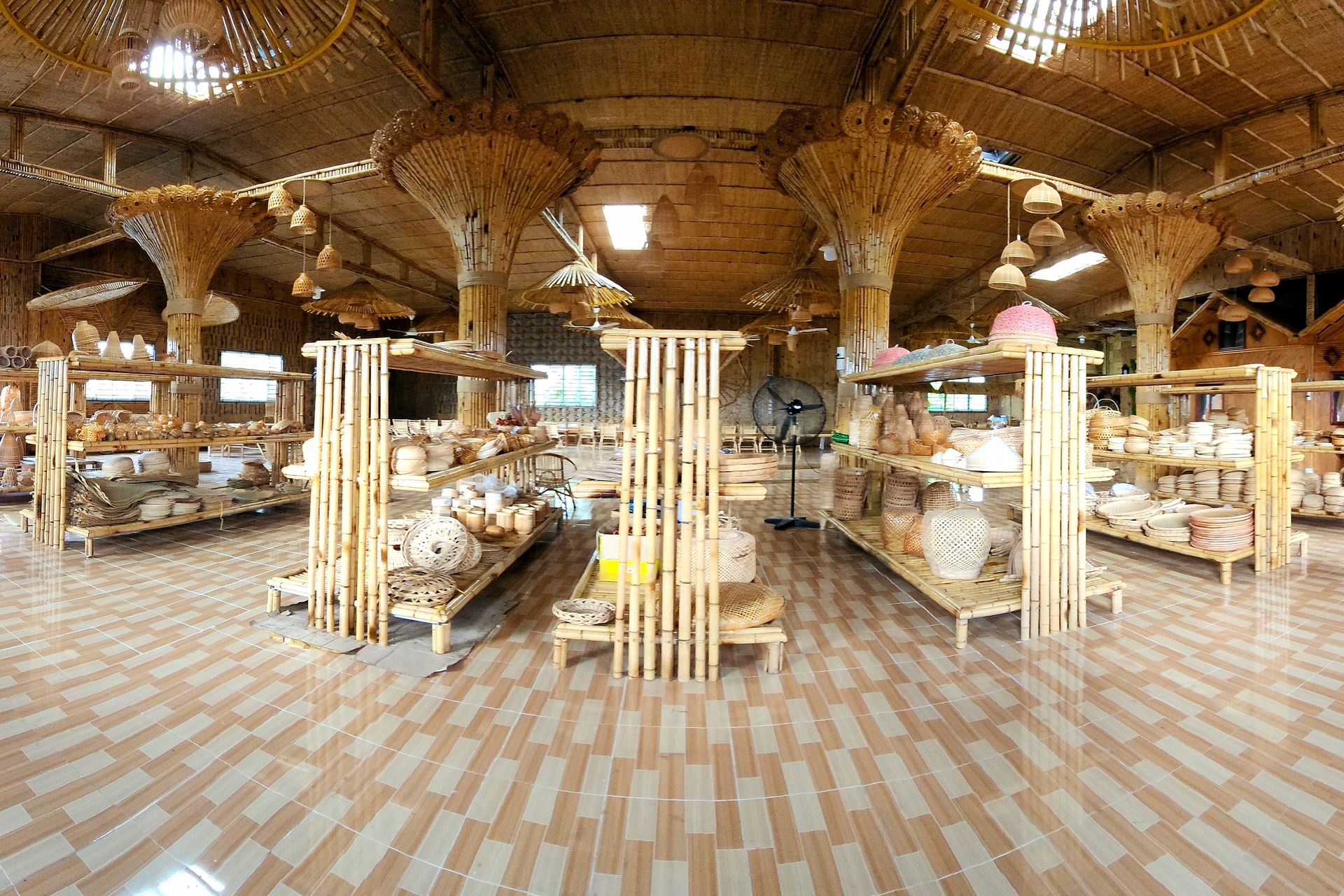
This place showcases and preserves more than 700 designs of bamboo and rattan handicraft products. Photo: Kim Anh.
In 2023, Ms. Thuy founded the Thuy Tuyet Bamboo and Rattan Handicraft Cooperative, bringing together 32 members united in preserving the craft and building their livelihood. From a workshop area of over 3,000 square meters, the cooperative produced its first line of products, including baskets, trays, plates, and baskets.
As urban consumers’ preferences began shifting towards simple, environmentally friendly products, the cooperative quickly adapted. Ms. Thuy led the production of more premium items such as food containers, tissue boxes, toothbrush holders, egg baskets, handbags, and agricultural produce containers - all meticulously crafted from bamboo and rattan.
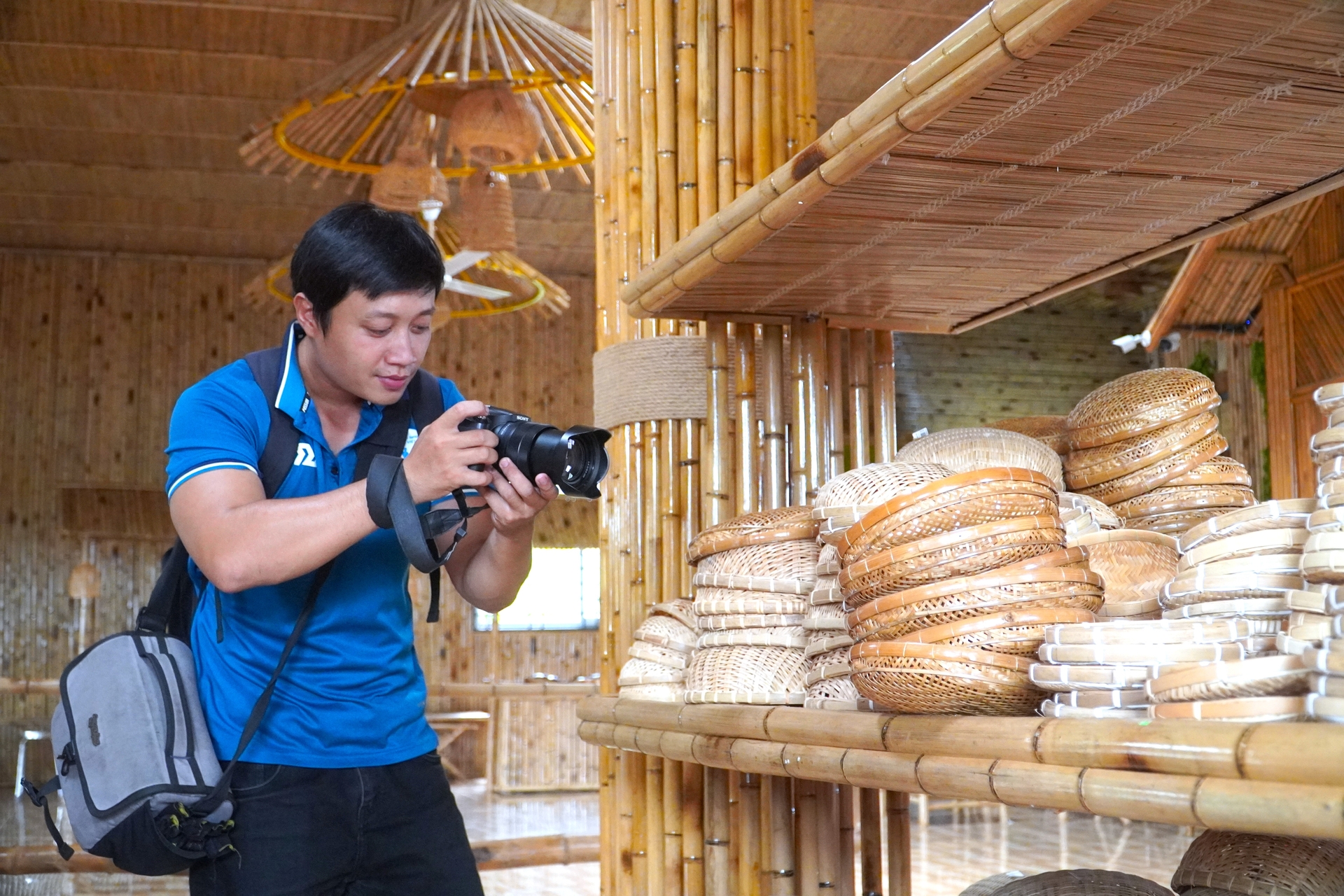
Visitors enjoy exploring and taking photos at the display and experience space of Thuy Tuyet Bamboo and Rattan Handicraft Cooperative. Photo: Kim Anh.
The cooperative’s products are not only used in everyday life but also featured in upscale restaurants and hotels. Through partnerships with export businesses, they reach international markets such as Europe, the U.S., Switzerland, Cambodia, and Thailand.
Having devoted 29 years to the craft, Ms. Thuy is now not only an outstanding bamboo and rattan artisan but also a passionate “torchbearer,” creating livelihoods for dozens of poor Khmer households in Phu Tan commune.
The cooperative currently owns more than 700 diverse handicraft product designs, ranging from household items and decorations to gifts and tourism products.
Notably, Ms. Thuy has expanded into designing and constructing architectural works made from bamboo. Although bamboo is a natural material, the houses, furniture, and cabinets built by the cooperative ensure durability, aesthetic appeal, and quality comparable to concrete structures.
Bamboo architectural works constructed by the cooperative have been established in many provinces and cities, becoming highlights in green tourism models.
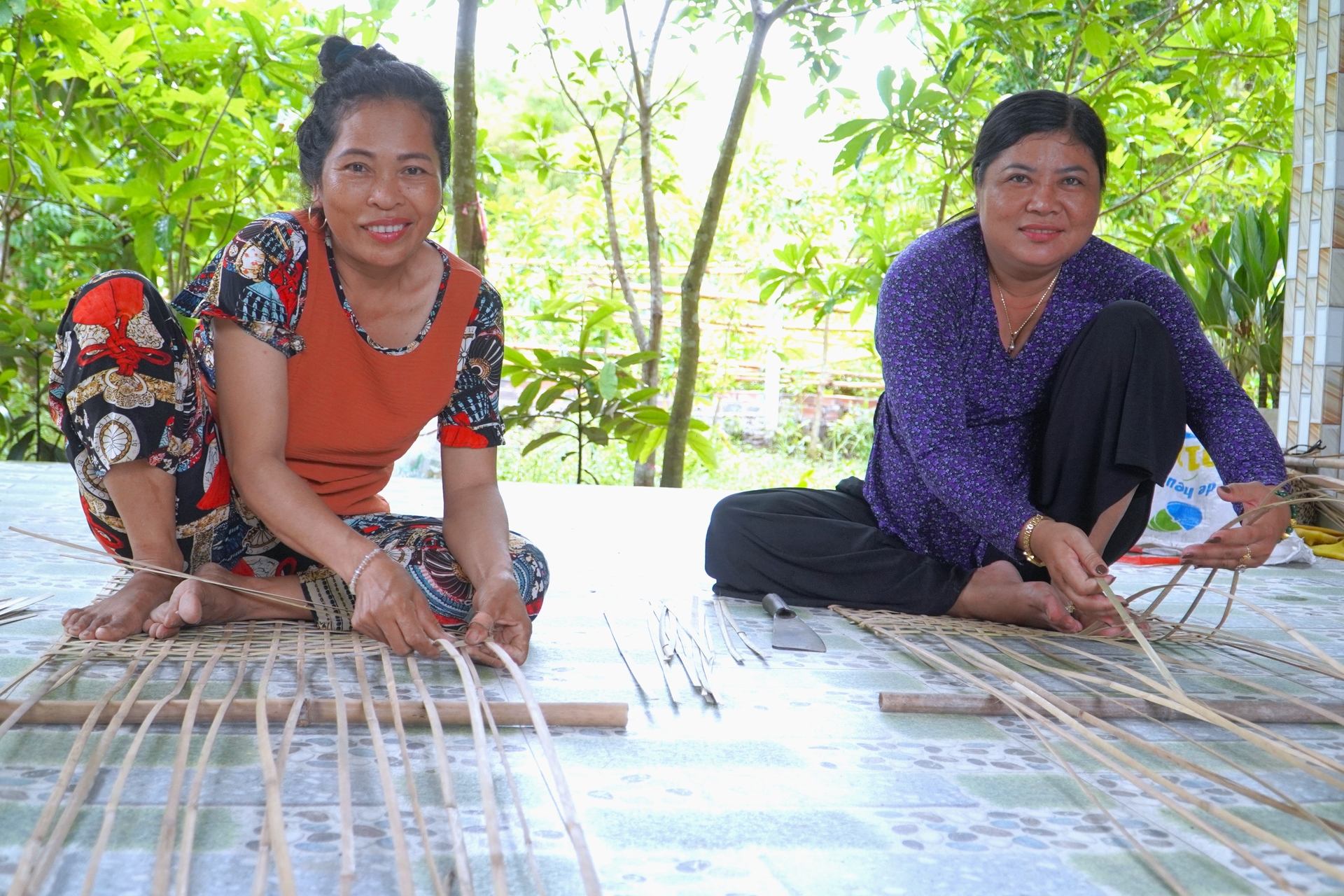
The traditional craft of bamboo and rattan weaving has significantly contributed to increasing the income of local women. Photo: Kim Anh.
Visitors to the Thuy Tuyet Cooperative’s exhibition, experience, and lodging areas are often amazed by the grandeur and exquisite craftsmanship of hundreds of bamboo, rattan, bamboo shoots, and wood handicraft products. These range from tiny items like keychains to large-scale pieces such as furniture sets, or even an entire bamboo house, all created by the skilled hands of the local Khmer community and guaranteed market outlets by the cooperative.
Driven by the concern, “How can the bamboo and rattan craft not only survive but thrive?”, Ms. Thuy proactively connected more than 70 Khmer households to form a weaving village in Phu Tan commune, providing jobs mainly for impoverished families. With average monthly incomes ranging from 6 to 17 million VND (depending on skill level and working hours), this is considered a relatively sustainable income for local residents. Additionally, the cooperative offers seasonal employment to more than 200 other local workers.
Remarkably, Ms. Thuy regularly visits prisons to teach vocational skills to inmates, helping them acquire professional abilities and the chance to rebuild their lives upon reintegration into the community.
The cooperative also provides free vocational training for disadvantaged youth and women. Trainees receive support for accommodation and a living allowance of 4 million VND per month. Beyond skill development, Ms. Thuy creates opportunities for trainees to gain practical experience through field trips and participation in training courses on finance, information technology, and market linkage, ensuring everyone has the chance to broaden their horizons and carve out their own paths.

The Thuy Tuyet Bamboo and Rattan Handicraft Cooperative has now established three facilities to showcase and sell craft village products, store goods, and offer hands-on product-making experiences. Photo: Kim Anh.
In recognition of her efforts, Ms. Thuy and the Thuy Tuyet Bamboo and Rattan Handicraft Cooperative have been honored multiple times at major awards and competitions. Among them: First Prize in the national final of the 2023 “Women entrepreneurship promoting local resources” competition, organized by the Vietnam Women's Union; recognized by the Vietnam Association of Artisans and Brands as a National Artisan in the field of bamboo and rattan weaving in 2023; and honored by the Vietnam Cooperative Alliance with the Outstanding Product award and the inaugural Mai An Tiem Award in 2024. These accolades are well-deserved acknowledgments of her quiet yet determined journey to preserve a traditional craft facing the threat of fading away.
Currently, Ms. Thuy is nurturing a vision to develop a community-based tourism model connected to the traditional craft village. Visitors can explore and learn about the cultural heritage of the Khmer ethnic community, experience weaving bamboo products with their own hands, and take their creations home as souvenirs - helping both to preserve the craft and generate additional income for local residents.
$ 1 = VND 25.954 - Source: Vietcombank.
Translated by Phuong Linh
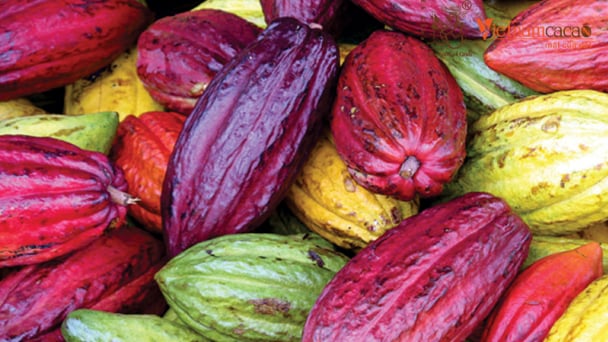
(VAN) Vietnam has been classified as a ‘low-risk’ country for deforestation under EUDR, granting local producers a strategic edge in sustainable market development.
/2025/05/19/2617-14-211139_18.jpg)
(VAN) Vietnamese bird's nest enterprises are eager to access the promising Chinese market; however, only those with thorough preparation, truthfulness, strict regulatory compliance, and consistent product quality will be positioned for success.
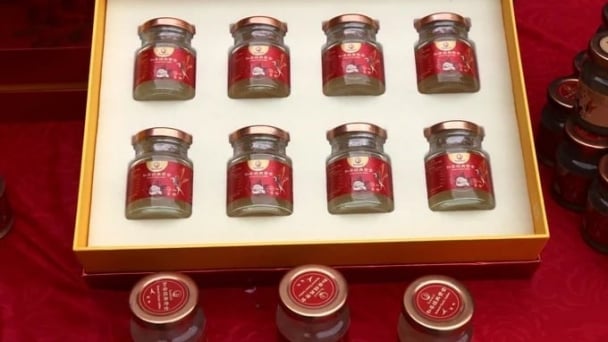
(VAN) For Vietnamese bird's nest products to penetrate deeply and sustainably into the Chinese market, it requires not only product quality but also strict compliance with the regulations on quarantine, traceability, and food safety.
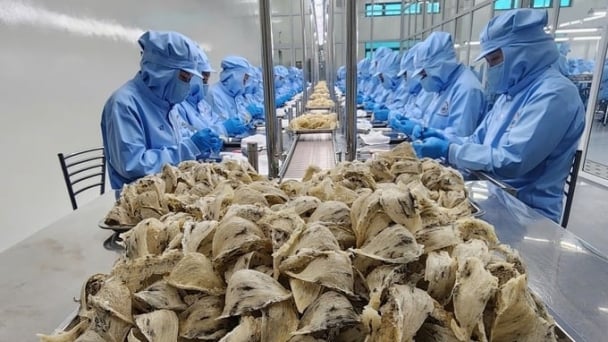
(VAN) As one of Vietnam's most high-value products, bird's nest is asserting its position on the national agricultural export map. China, with an annual demand of hundreds of tons, is considered the most promising market.
/2025/05/22/5250-1-184853_288.jpg)
(VAN) According to a representative from the Central Retail Vietnam, Vietnamese products such as seafood, sweet potatoes, dragon fruit, coffee, and spices hold great potential in the Thai market.
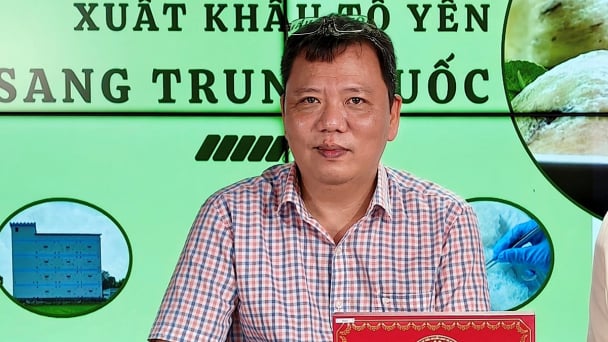
(VAN) A multi-channel, multi-directional strategy only works when the agricultural value chain meets global transparency and SPS standards.